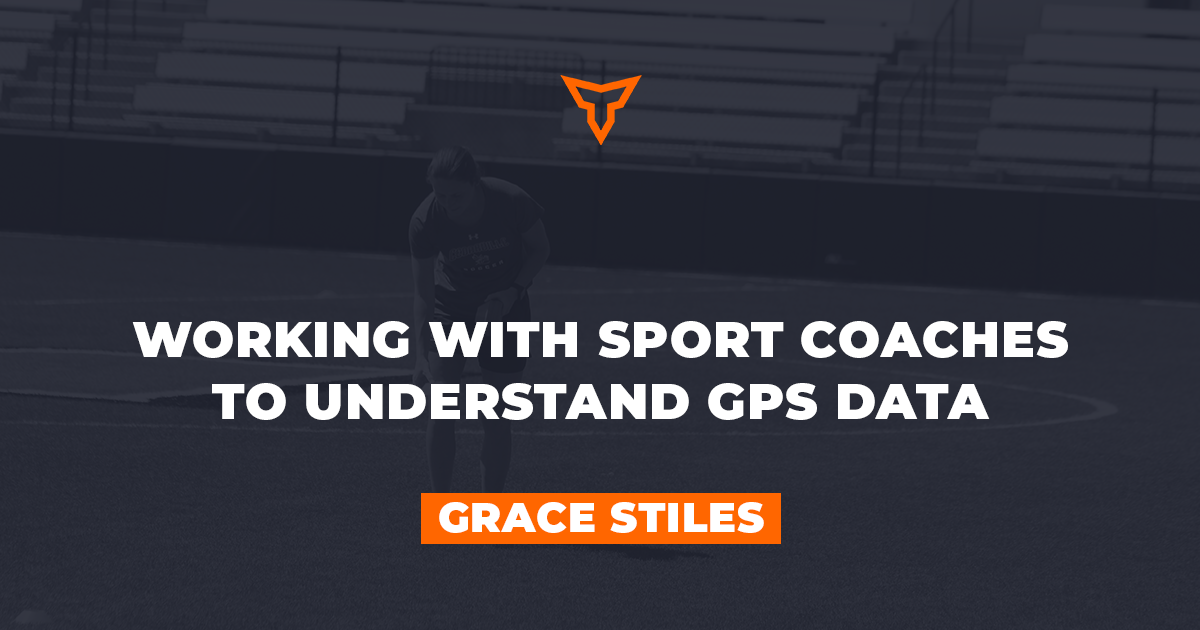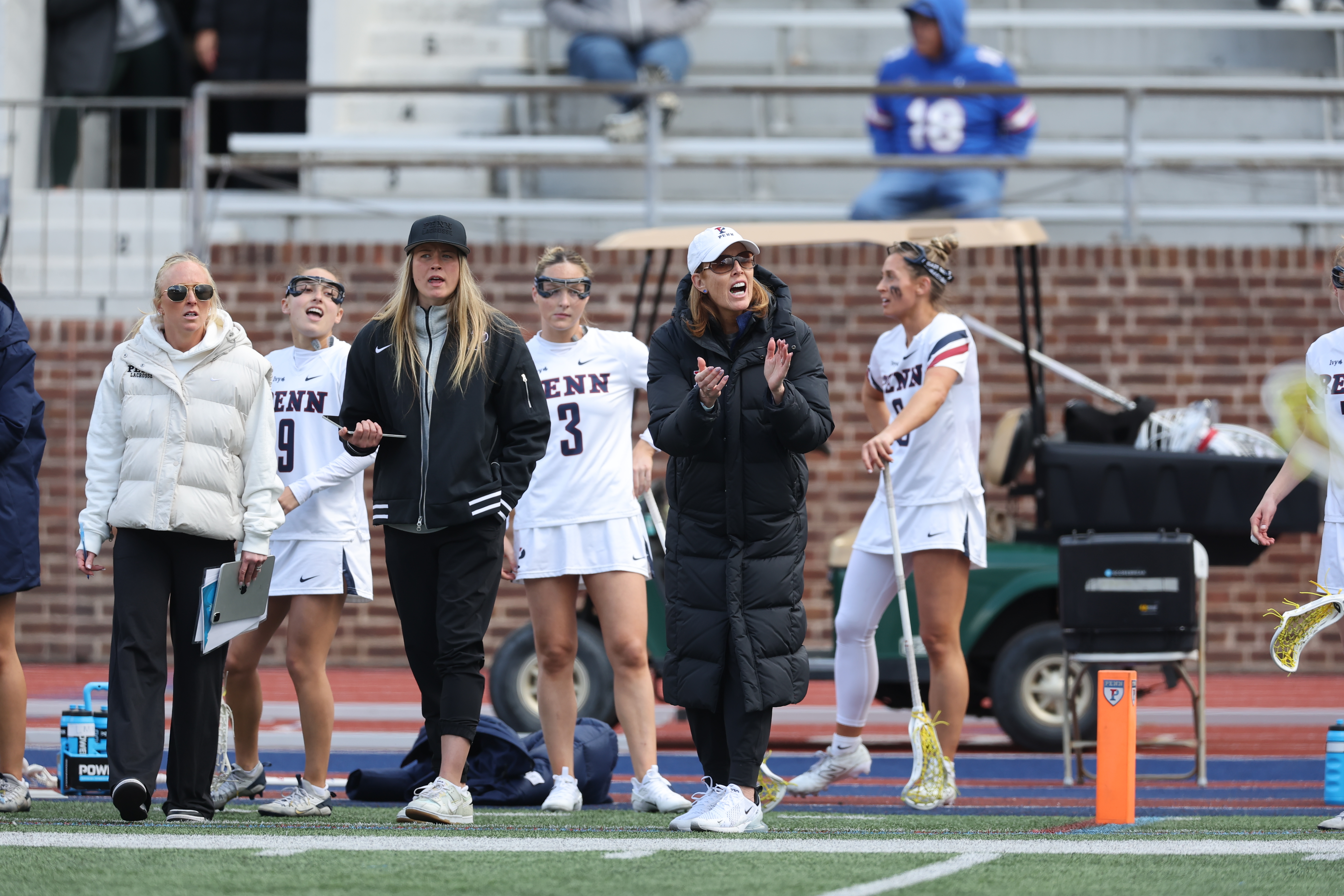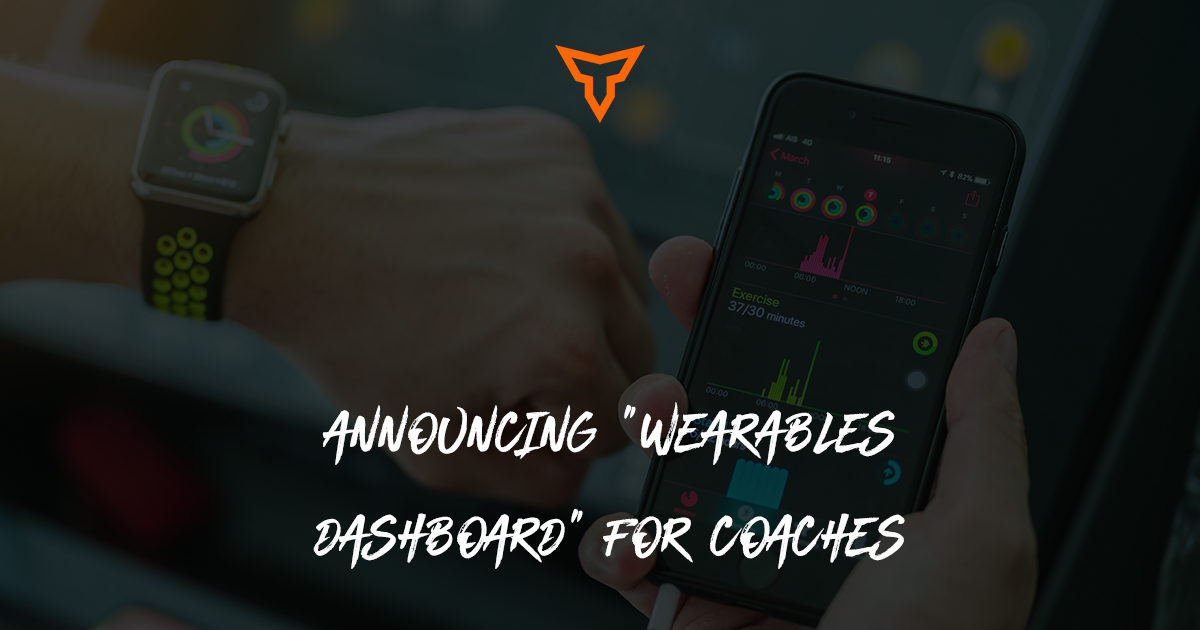I, alongside many others, have always believed that the role of a coach extends far beyond tactics and play-calling. Coaches are educators, motivators, and leaders responsible for setting the tone in the gym or on the court. Every drill, every correction, and every instruction becomes a moment of teaching which shapes the performance and culture of the team. In a world where sports are largely driven by data, this role includes not just traditional coaching and motivation, but also the understanding and application of performance data. Coaches must grasp player loads, shooting percentages, and other key performance metrics of their players and opponents so they can translate the outputs into meaningful feedback for their athletes.
Data should reinforce the teaching moments that drive improvement. However, it itself isn’t the ultimate solution. The difference lies in how data is communicated and integrated into daily practices. Strength and Conditioning coaches, alongside other health professionals, are now data managers. This means that effective collaboration between sport coaches and S&C staff is critical for turning numbers into insights. Thoughtful use of data creates a positive feedback loop which motivates athletes and reduces injury risk. In my experience at clubs like FC Bayern and Real Madrid, this alignment between staff made a tangible difference. Daily meetings to share data and align practice plans turned the gym into a lab, where we could try different things, and a classroom where we could educate players on staff decisions. This approach was key to our U19 team’s championship run, but ultimately, it wasn’t the data alone that drove success--it was the trust and collaboration it fostered between coaches, S&C staff, and players.
Effective communication and collaboration between sport coaches and the health department (physios, team docs, and S&C coaches) are essential to ensure that player data is used to optimize performance while minimizing injury risk. S&C coaches are responsible for collecting detailed information on player load, wellness, movement quality, and recovery. In the gym, as a S&C coach, I track the different types of movement used in basketball individually: accelerations and decelerations GPS tracking, COD (Change of Direction) movement tracking, jump forces and ground contact time, total distance, sprint count, and movement symmetry. However, this data only becomes actionable when the sport coach understands and uses it effectively. At FC Bayern Basketball and Real Madrid, we held daily coaching staff meetings before practice to share data and determine the daily plans together. The reason why this communication is so critical is because data alone doesn’t dictate exact decisions, but it does provide context for smarter coaching. For example, if the data shows that a player is consistently experiencing high fatigue and excessive COD movements, that’s a red flag for potential injury. The S&C coach will recommend a deload or recovery session to protect the player’s health. When sport coaches understand this information and adjust practice plans accordingly, rather than pushing through blindly, performance can improve safely. Additionally, a coach can use data to celebrate small wins like a player’s growing consistency, turning it into fuel for motivation, not stress. These conversations between sport coaches and S&C staff provide further teaching opportunities for the sports coaches on the court. Understanding the data and its usefulness in plan development means that coaches can help athletes understand the “why” behind their decisions. With this comes a culture of trust between athletes and staff, which leads to a healthier team.
The alignment and trust between coaching and S&C staff were especially clear during the preparation for our U19 team’s Final 4 run, where improved data handling and communication led to championship success. Last season, our team finished third. To improve, we focused on better data collection and daily collaboration with the head and assistant coaches. We tracked everything from sleep quality to wellness scores, adjusting practices to the real-time needs of our players. By treating the gym as both a classroom and a lab, we could ensure that every drill and plan was purposeful. This approach kept our players healthier--we had zero injuries during six weeks of intense preparation--and more engaged, ultimately leading to a championship win. This experience showed firsthand how the cohesive relationship between coaches and S&C staff makes the difference. It wasn’t the data itself that won the championship, but the way it was used: as a tool for smarter decision-making, not just numbers to impress someone with a dashboard. Environments where data-driven insights are translated by coaches into meaningful adjustments separated our team from those that merely collect data from those that achieve high performance.Ultimately, when coaches and S&C staff are in sync, data becomes more than just a metric.
At the end of the day, data use in sport coaching is as much about the conversation as it is about the technology itself. Every pro team has access to similar data and tech platforms, like TeamBuildr Planner or Ultrax, which consolidate metrics like player load, RPE, and recovery. However, not every team uses them well. The difference is in the staff--in coaches who know how to read the signals, have the experience to adjust in real time, and talk to the athletes about what the data means. As research by Jaspers et al. (2023) highlights, empowering athletes with access to their own data and involving them in the conversation builds buy-in and prevents resistance. The key takeaway is that performance data is only as good as the conversations it creates. Coaches and S&C staff who communicate openly and consistently build environments where players don't see data as a source of anxiety, but rather as a tool for growth. This approach builds trust and long-term progress, which a fancy data platform on its own couldn’t achieve. Hence, why cohesive communication and mutual understanding between coaches and health staff isn’t optional.
In order to have an impact on the performance of your players, head coaches should ensure that they are speaking the same language as their S&C staff and their athletes. Knowing when to push and when to pivot your coaching plans hinges on communication between all those involved with the team. Additionally, strength and conditioning should not--cannot--exist in isolation, but should be considered in all player-development and skills work plans. Coaches and S&C staff who work together to interpret data, adjust plans, and talk openly with their athletes create an environment where data supports the person behind the numbers. In doing so, teams are set-up for better and sustainable performance.
Tech We Use (for those who are curious):
- Kinexion for data collection (accelerations / decelerations, COD, jumps and landings, total distance,etc)
- Blazepod for agility drills and reaction analysis
- Online Data Platform and Wellness Questionnaire through platforms such as TeamBuildr Planner (released June 2025) or Ultrax
Further Reading
Massey, O. T. (2010). A proposed model for the analysis and interpretation of focus groups in evaluation research. Evaluation and Program Planning, 34(1), 21–28. https://doi.org/10.1016/j.evalprogplan.2010.06.003
Rauff, E. L., Herman, A., Berninger, D., Machak, S., & Shultz, S. P. (2022). Using sport science data in collegiate athletics: Coaches’ perspectives. International Journal of Sports Science & Coaching, 17(3), 500–509. https://doi.org/10.1177/17479541211065146
Roberts, C. (2023, March 3). Can a Coach Rely on Intuition Alone? Retrieved June 11, 2025, from Science for Sport website: https://www.scienceforsport.com/can-a-coach-rely-on-intuition-alone/
Subscribe to our blog
Subscribe to receive the latest blog posts to your inbox every week.
Related posts

Working with Sport Coaches to Understand GPS Data

3 Traits of Standout Sport Coaches

